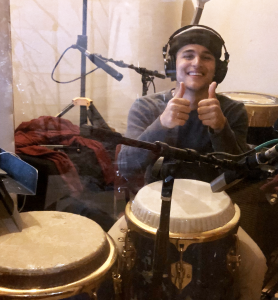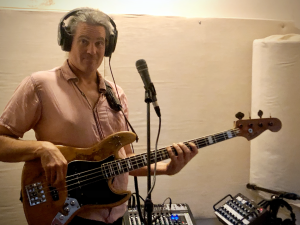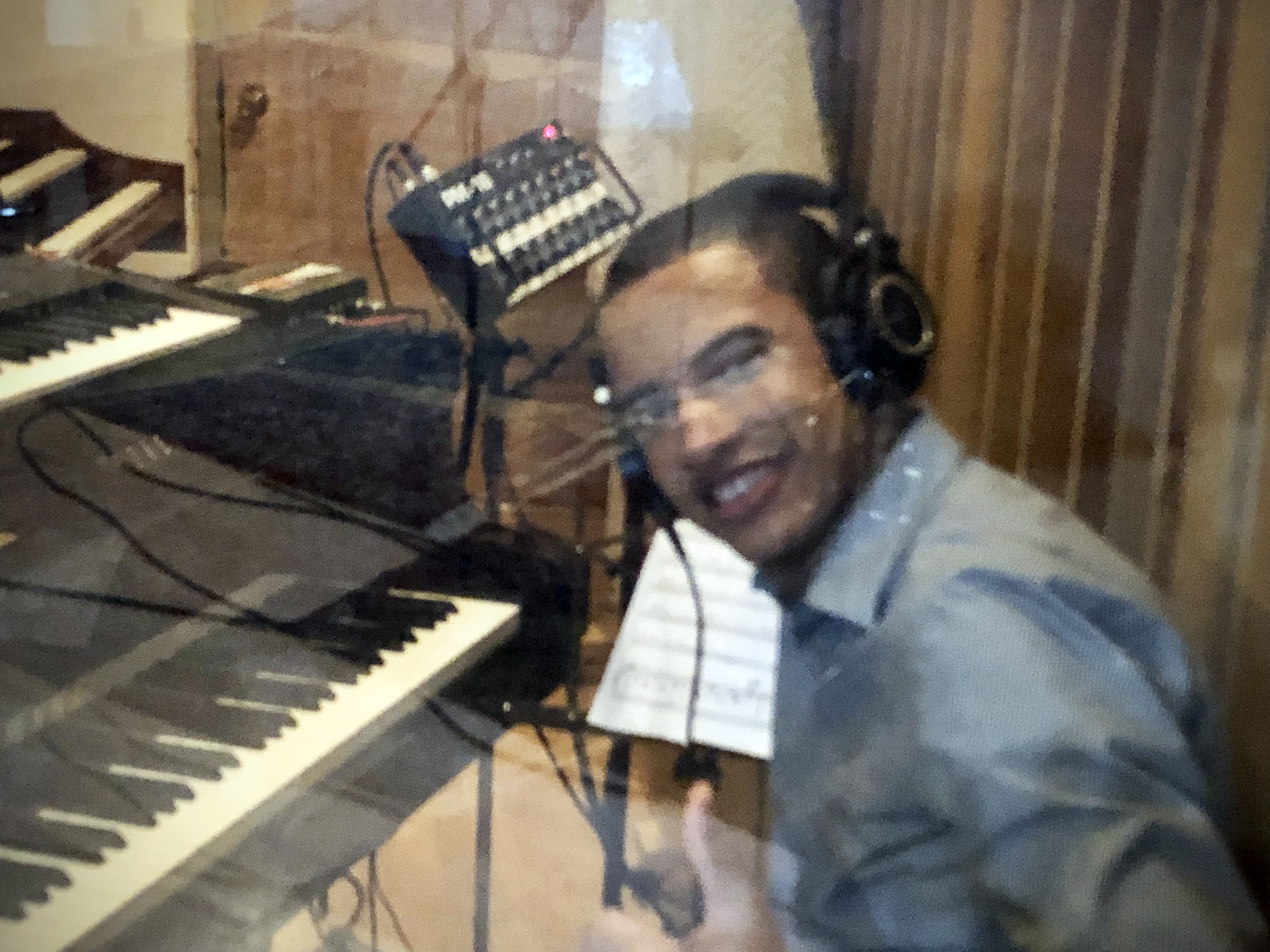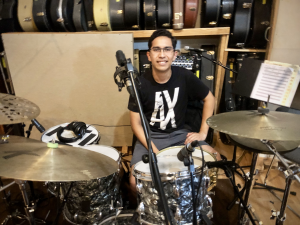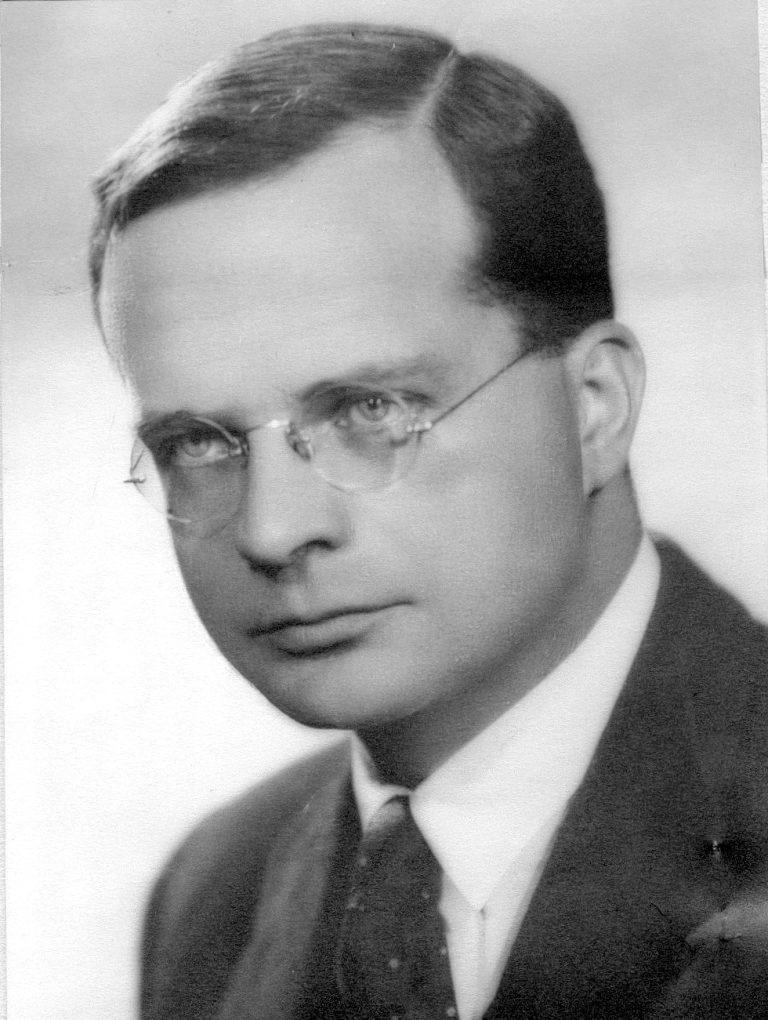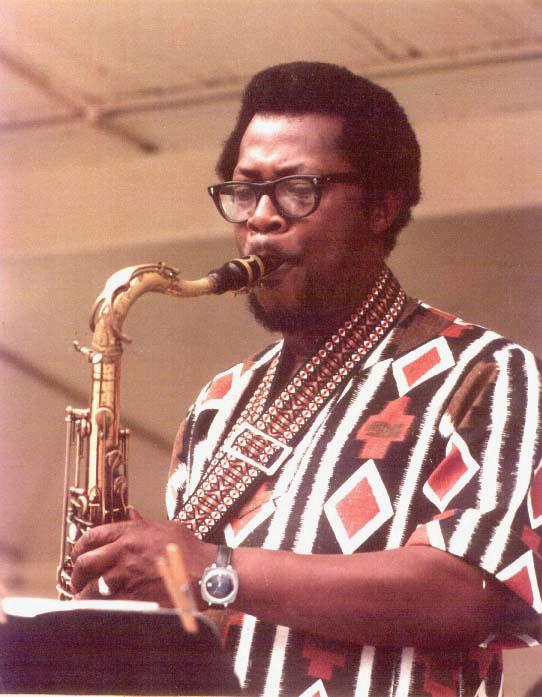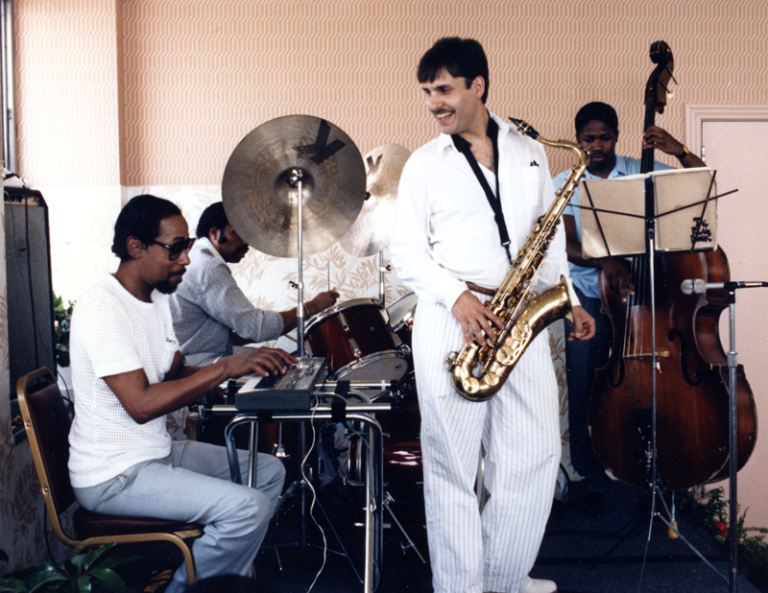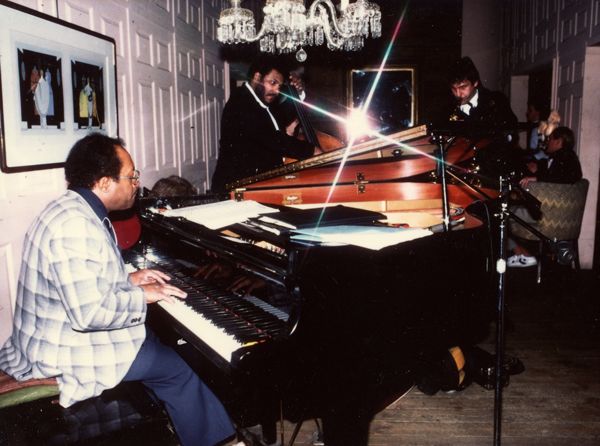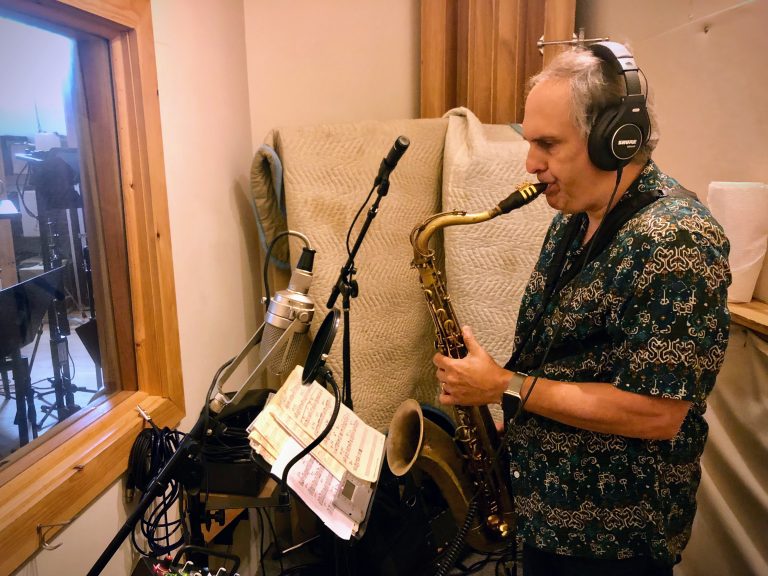Jazz is meticulously passed through generations, flourishing as evolving knowledge. Its soul resides in the energy, electricity, and seamless communication on the bandstand—elements mesmerizing audiences and propelling musicians to transcendental heights. My journey began in Detroit on bandstands and in basements, learning from masters Marcus Belgrave, Sam Sanders, and Kenn Cox. My development was enriched by “classmates” Regina and James Carter, Rick Margitza, Bob Hurst, Rodney Whitaker, Geri Allen, Kenny Garrett, and many others. They all embodied the afro-jazz tradition—a hallmark of Detroit’s jazz legacy—marked by a distinctive fusion of Blues, Be-Bop, R&B, Latin, and a fearless spirit of experimentation. This distinct trademark is evident in the artistry of Joe Henderson, the Jones brothers—Elvin, Thad, and Hank—Donald Byrd, Kenny Burrell, Tommy Flanagan, Bennie Maupin, Barry Harris, Yusef Lateef, and resonates in my “classmates” who today have become innovators of the idiom. Living and performing in New York, San Francisco, Paris, and Boston, I’ve grown profoundly aware and grateful for this rich heritage, recognizing the imperative to celebrate and perpetuate its uniqueness. Rhythms of the Motor City: Detroit’s Jazz Legacy, is the culmination of decades of immersion and introspection, showcasing original compositions from legendary Detroit figures intertwined with my own, all presented through a fresh, global lens interpreted by musicians from Cuba, South America, U.S., Africa and Asia.
Digging a Little Deeper
My early life provided me with a wealth of childhood experiences but positioned me somewhat on the fringes of American culture. With a French mother and a half-French father, my family and I were fairly uncommon anomalies in our Detroit suburb. Our lives oscillated between France and America, and I found myself unable to fully belong to either culture. By the time we settled back in the United States, I felt disconnected from my American peers, unfamiliar with their pastimes and pop culture references.
Navigating middle school was as challenging for me as it is for any preteen, marked by my futile attempts to assimilate and be deemed “cool.” My fashion choices—including striped bell bottoms and sunglasses—were misguided, and sports were never my forte. In a bid to complete my 7th-grade schedule, I reluctantly joined the band, armed with my brother’s neglected saxophone. That instrument felt as burdensome as a bowling ball around my neck, and I had little hope for it, especially given my exposure to Coltrane’s challenging free jazz through my oldest brother, which I hated. Yet, amidst my daily struggles at school, the saxophone became an unexpected companion and conduit for a deeper meaning of life.
My grandfather Claude Bonnier was a towering figure in my life, renowned for his engineering innovations, bravery and leadership. He had taken his own life with cyanide to protect crucial secrets and people’s lives from the Gestapo, 13 years before my birth. His legacy lives on in streets named after him including a 60 kilometer “Route de Liberte”, a grand monument, and the profound impact he had on others. In particular, his brief time with a band of young resistance fighters left them with bonds that would last their lifetimes. Eventually, they would become my extended family. They shared their wisdom and experiences with me, providing intimate insights into the man who was my grandfather.
These individuals had endured unimaginable hardships under Nazi occupation, facing loss, torture, and upheaval during their formative years. Yet, they emerged with resilience and a fearless approach to life, indifferent to others’ opinions. I found this inspiring.
My father, a B-17 pilot, and my mother, a teenager in occupied Paris, had also had their mettle tested and shared this mindset. They embodied a unique blend of bravery, authenticity, and depth—a beacon of inspiration for me.
I was naturally drawn to those who shared this spirit, and I found it in Sam Sanders and his music. Sam, a musician in Detroit, had faced racism but channeled his struggles into his music, creating a powerful and free expression of his experiences. His music resonated with the beacon, or the call, and I recognized it instantly. Through years of mentorship and studying saxophone under Sam, I found a sense of belonging and connection.
This extended to other artists, like Kenn Cox, a prominent figure in Detroit’s jazz scene. His music, like Sam’s, was imbued with the call. Looking back, I realize how fortunate I was to have known and learned from these remarkable individuals. It has taken me years to understand how to share their music and legacy with others, recognizing that only those who can hear the call can truly generate it and get into the “zone”. Reflecting on the countless sessions and performances, I now comprehend the depth and origins of the term “playing for death,” recognizing it as a tribute to those who have lived and played with unyielding spirit and authenticity.
It also brought me in contact with another genius, Charles Boles. His compositional prowess and his musicianship were unparalleled and he shared his love, humor, and fearless pursuit of the music. His structures, melodic approaches, and effortless handling of energy had a profound impact on my own development, and his encouragement to contribute more and find my own way proved life-changing.
So now I’m spending time with a group of amazingly talented musicians who hail from all over the globe and bring their own cultures and influences to this music. With the advent of AI jumping full throttle into the arts, human contributions – what we have to say is more significant than ever. We have been performing and recording and the results have been amazing, inspiring, and soaked with the spirit. I can’t wait to share them with everyone and connect. Stay tuned!
